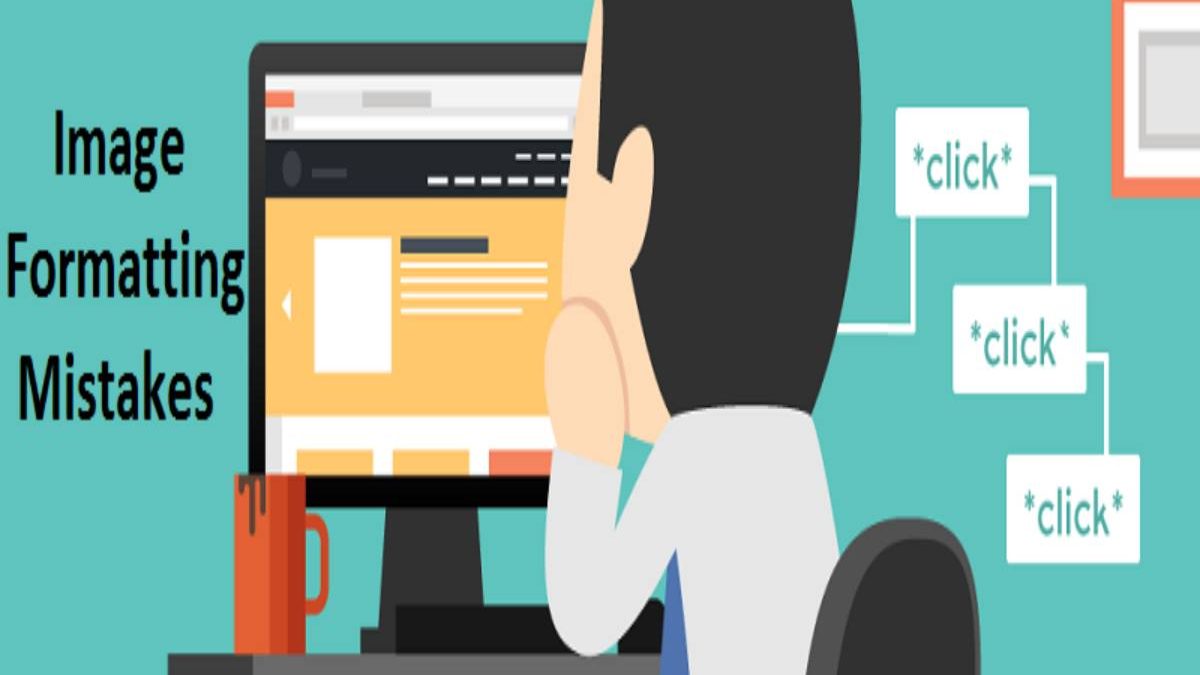Giving your website’s photos the changes they need requires knowing what not to do. Here are common image formatting errors to avoid for business websites.
Did you know that 3 out of 4 small businesses have a website? It’s become a crucial component of any reputable modern brand. However, common image formatting errors often ruin the effectiveness of websites.
Properly displaying website photos can make or break how clients view your business. Simply formatting image backgrounds correctly makes a huge first impression on visitors.
Are you struggling with image colors and sizes not displaying properly on your website? The following guide will explain 6 common image formatting errors and how to avoid them.
Table of Contents
1. Slow Websites With Large Images
The size of images has a large effect on your site’s performance. Size refers to file size rather than image dimension, although the two are often linked together.
Large file sizes cause pages to load slowly which usually causes visitors to leave. You can use image formatting tools that convert png to jpg images to reduce their size.
You can also hurt image quality by making them too small. So, find the right balance between file size and image quality when editing website photos.
2. Image Resolution
The resolution of an image has to do with the number of pixels in an amount of space. It greatly affects how good an image looks on a particular screen.
Make sure your pixels per centimeter (PPI) are at least 72 for each image. It will ensure that your images are about the same size ratio on any screen. Try not to go over 120 PPI to keep the file size manageable.
3. Improper Cropping
Cropping a photo removes irrelevant parts of the image to focus on the main subject. However, too much cropping often leads to warped pixels.
Only crop images that start with a high-resolution. If you overcrop low resolutions images it makes them appear distorted.
4. Remove MetaData
An image’s metadata includes things like the camera model that took the picture and location. You should remove metadata if visitors to your website can upload their own images. Some examples include profile pictures and product review images.
Removing metadata gives your visitors more privacy and also helps reduce file sizes. It’s a simple step that can save you bandwidth and speed up your site.
5. Scaling Issues
Scaling images incorrectly is a common cause of distortion on websites. It’s when the image has been stretched out of proportion to fit a specific area.
Avoid this problem by keeping the original image proportions when you scale it up or down. Never stretch the length or width by themselves to make the image fit.
6. Editing Colors Correctly
It’s important that the colors of your images display correctly for your visitors. This is especially true if your branding uses specific colors that customers recognize.
Always make sure your monitor is calibrated correctly when editing photos and adding them to your site. The brightness should be set between 90 and 120 cd/m2 to ensure correct coloring.
Avoiding Common Image Formatting Errors
Now you know 6 common image formatting errors and the best ways to avoid them. File size, resolution, and proper scaling are key to filling your site with great images.
Check out the rest of our site for more helpful technology tips and information.

